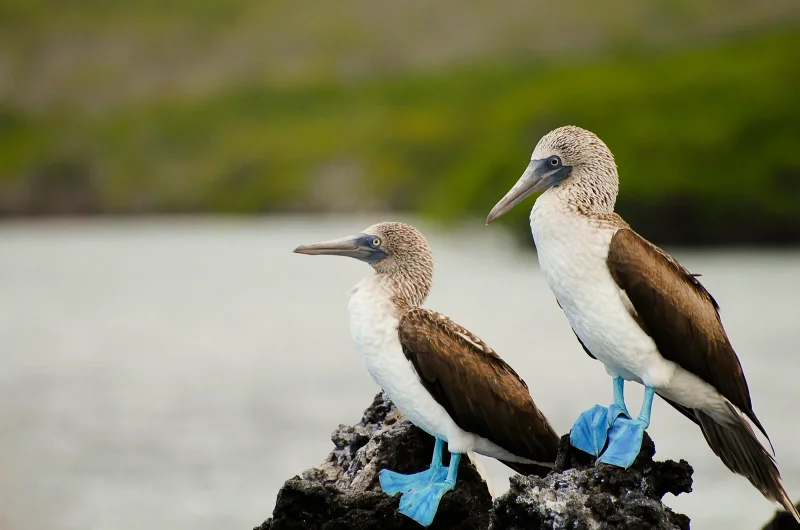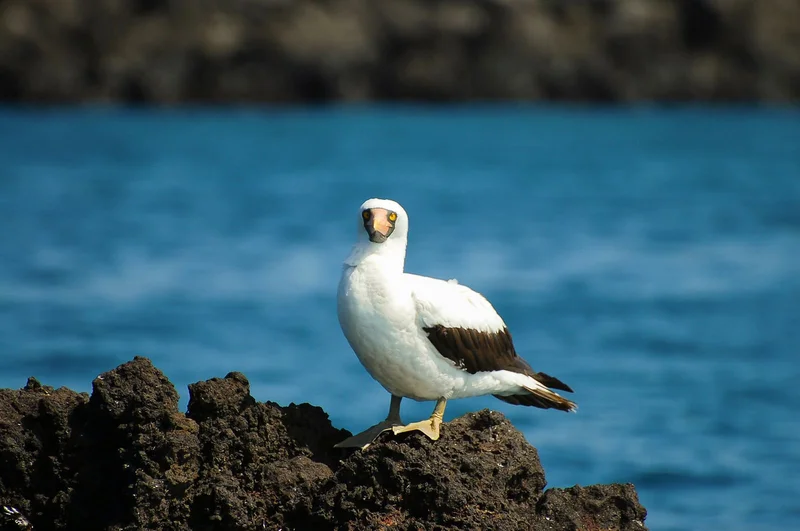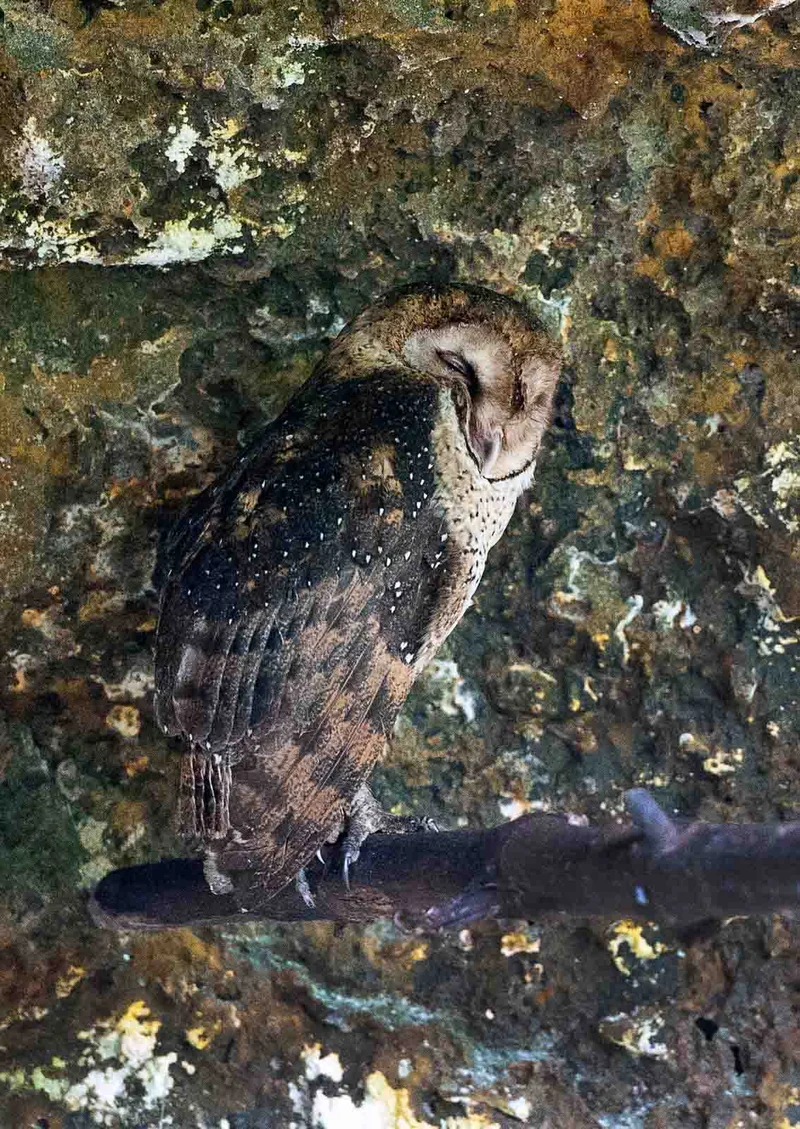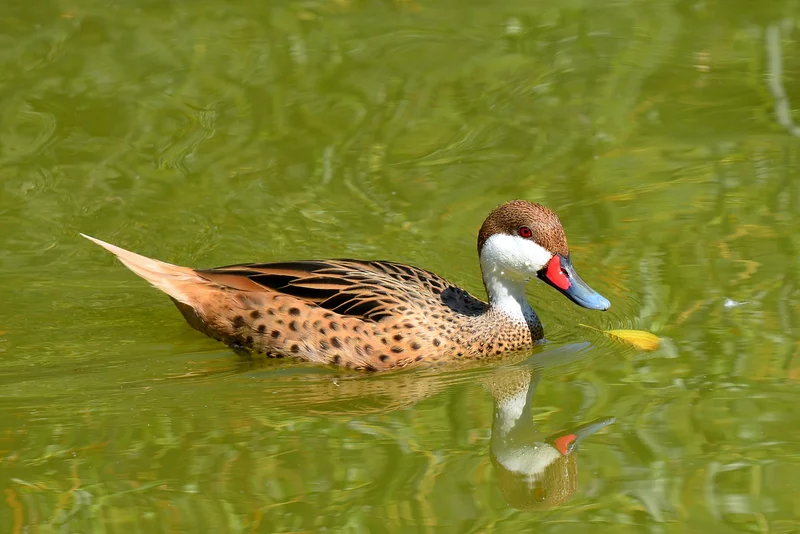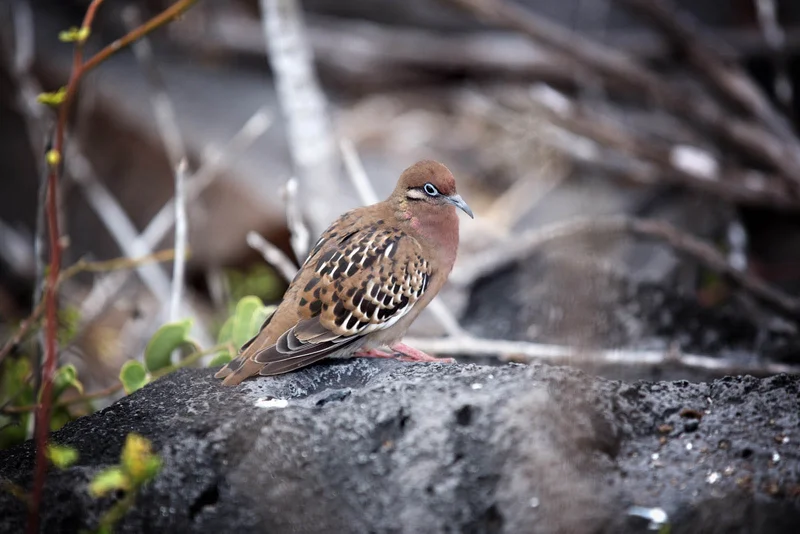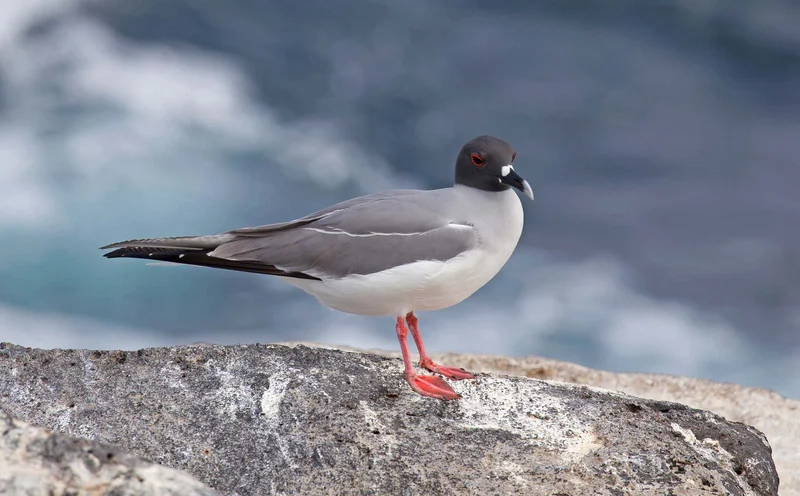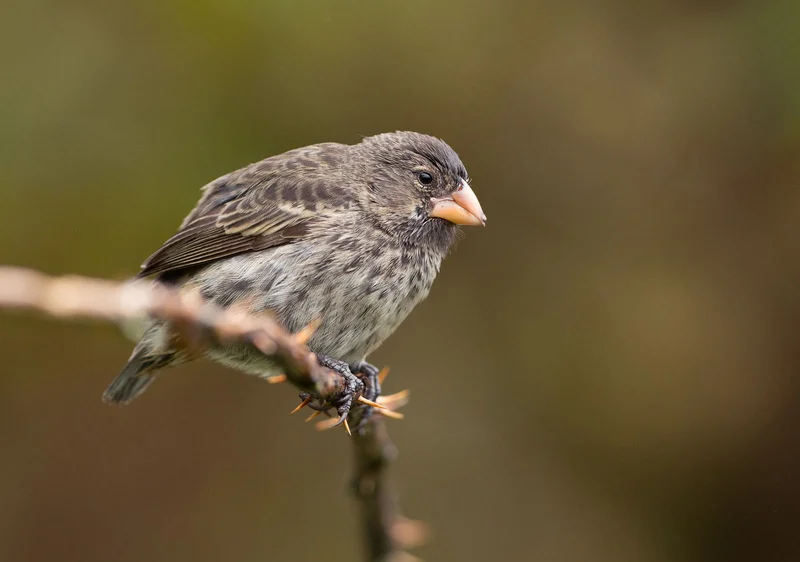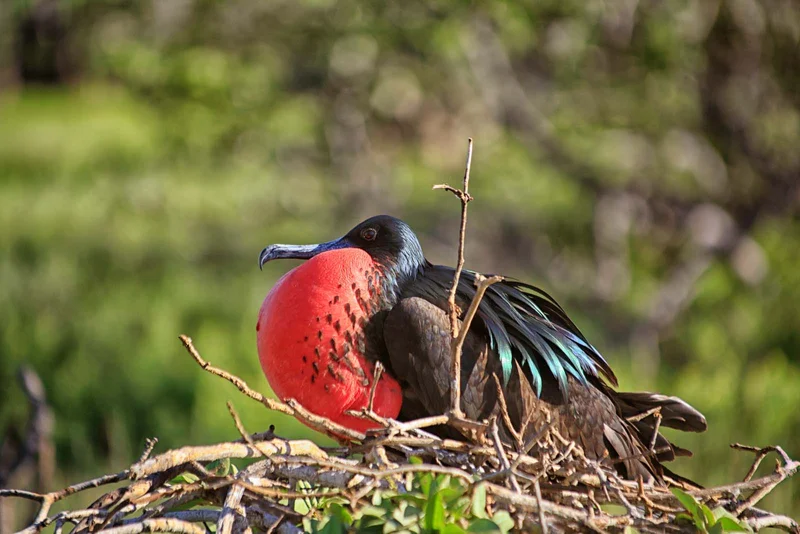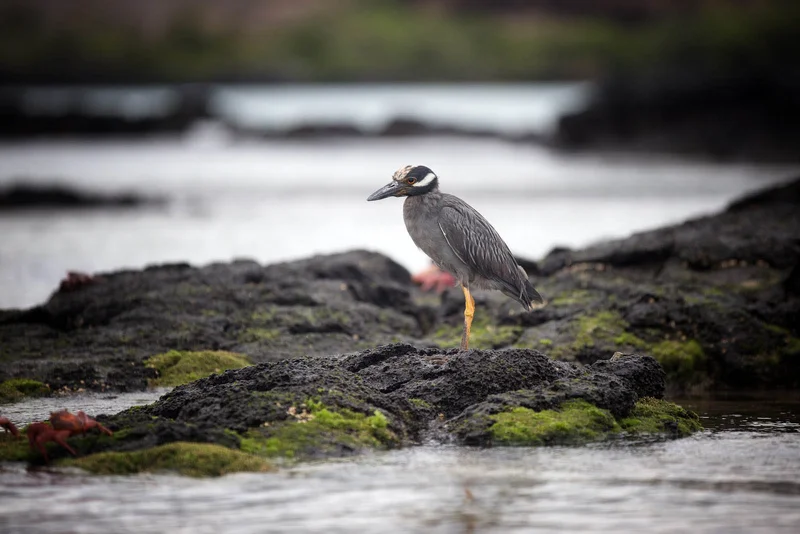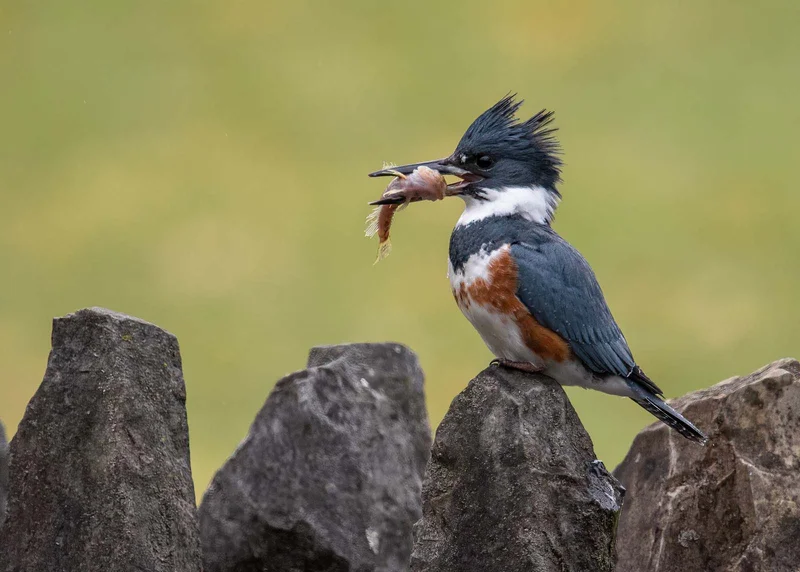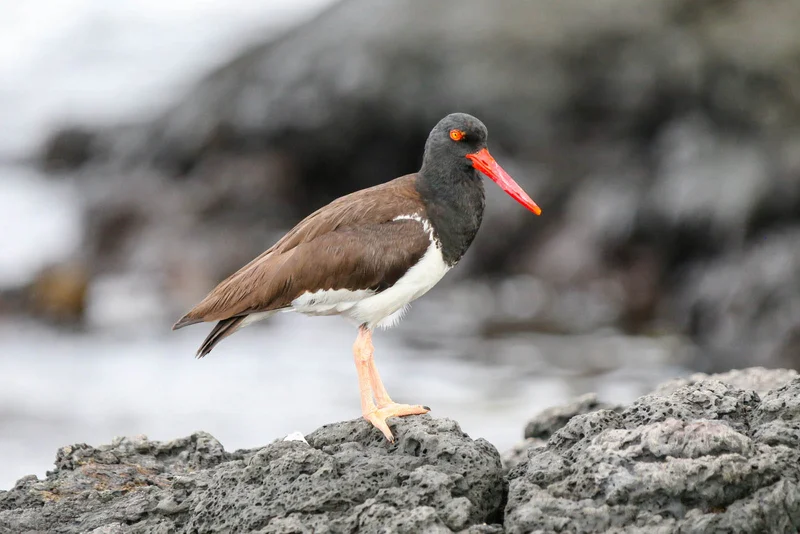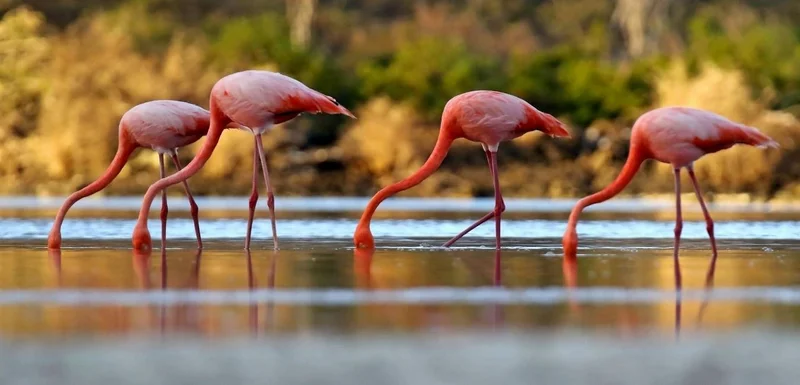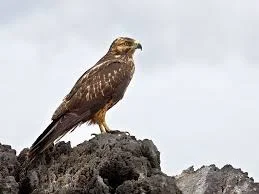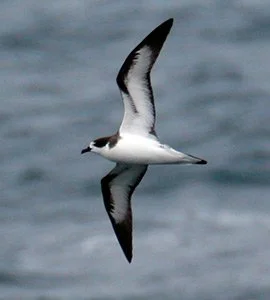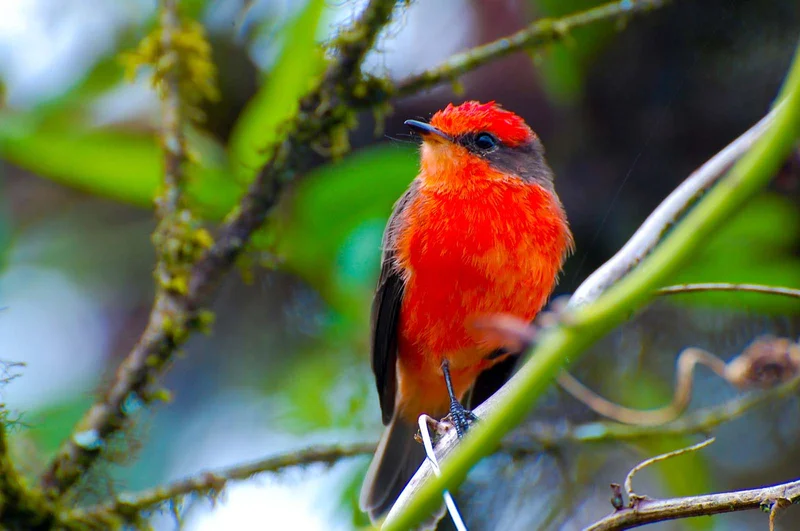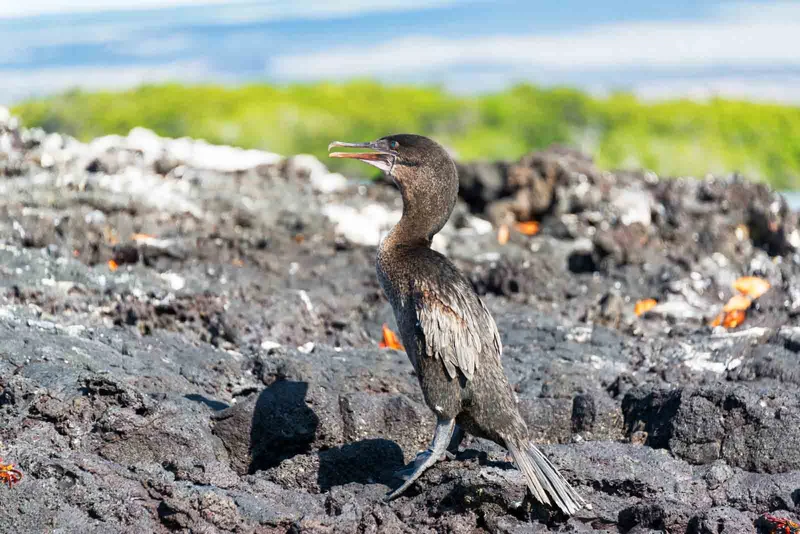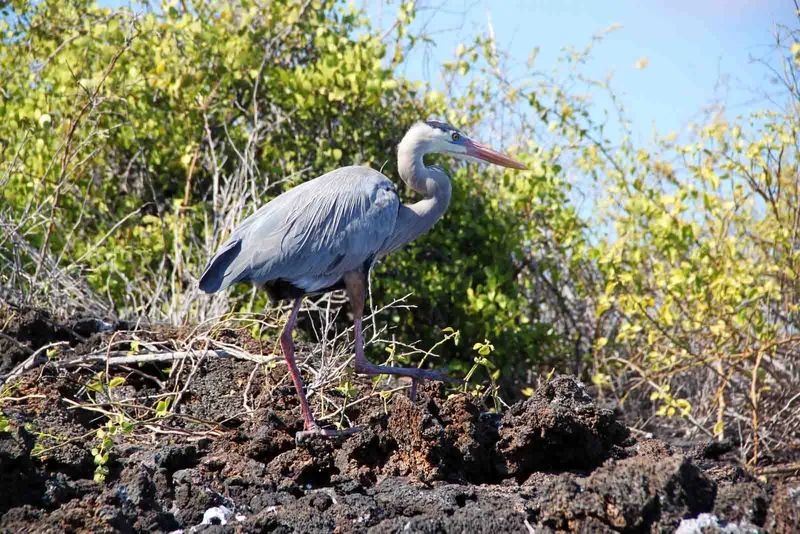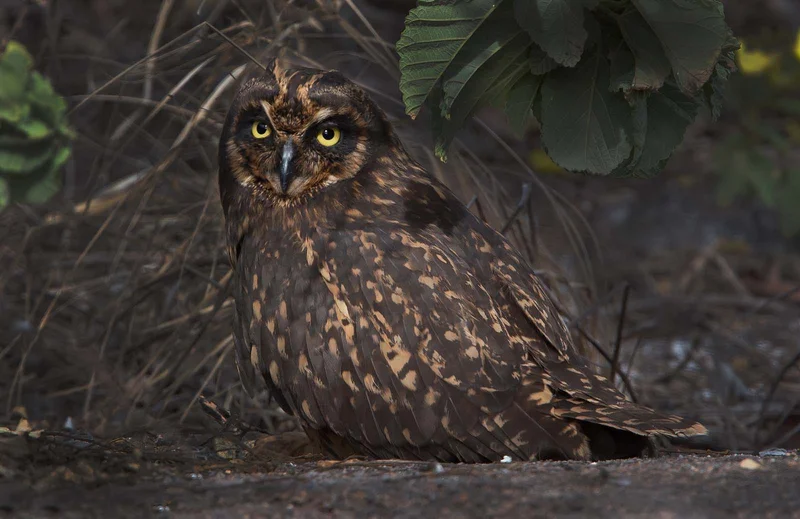Essential Information on the Galapagos Lava Heron
The enchanting Lava Heron, a close relative of the Great Blue Heron, is unique to the Galápagos. Initially believed to be a separate species, ongoing research aims to uncover more about this native bird.
Adult Lava Herons, with their uniform grey feathers, blend seamlessly into the lava rocks they inhabit, making them difficult to spot. Despite their drab appearance, their coloring provides excellent camouflage. These small yet beautiful birds feature a prominent short crest on their heads, a distinctive black beak, and grey legs that turn a vibrant orange during breeding season.
Their diet mainly consists of small fish, crabs, lizards, and insects, often seen feeding along the islands’ protected shorelines. On a Galápagos cruise, you can witness their impressive speed as they catch crabs and fish, spearing them before devouring.
Lava Herons are solitary and highly territorial, especially around their nests, which are typically located on lava rocks or mangrove branches. Breeding usually occurs between September and March, with the potential to lay eggs up to three times a year. However, they nest year-round, and with the help of a naturalist guide, you should be able to spot these fascinating birds during your Galápagos cruise.



